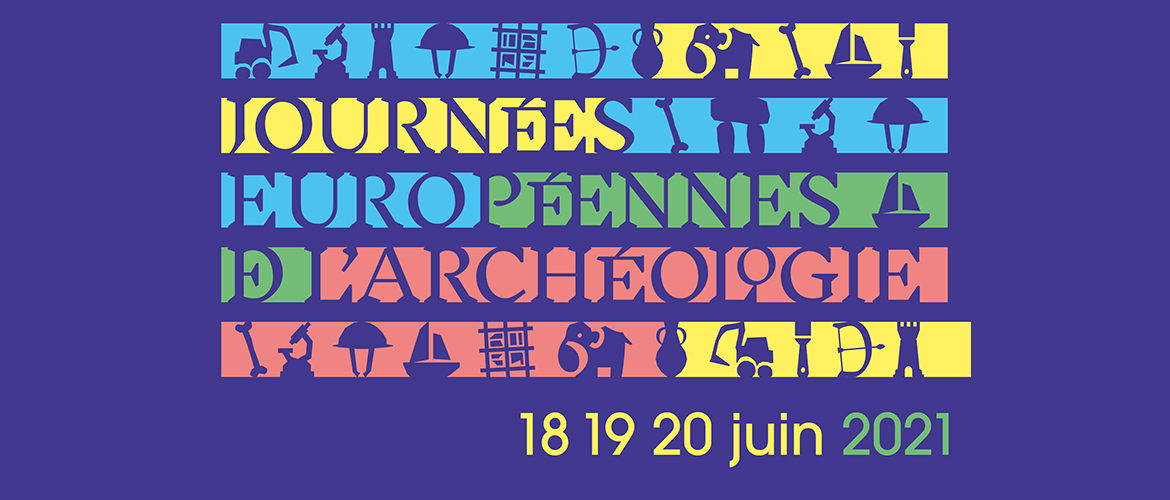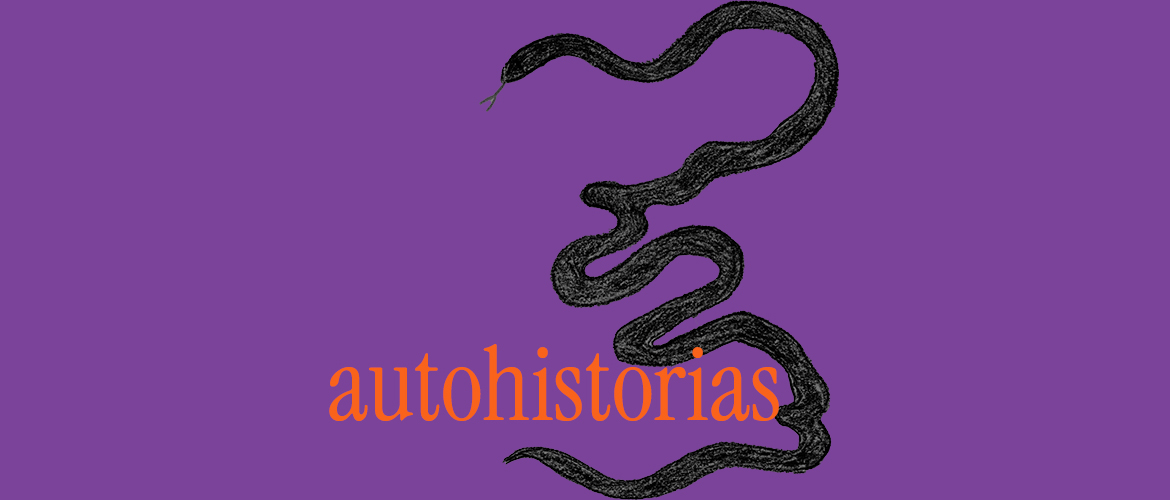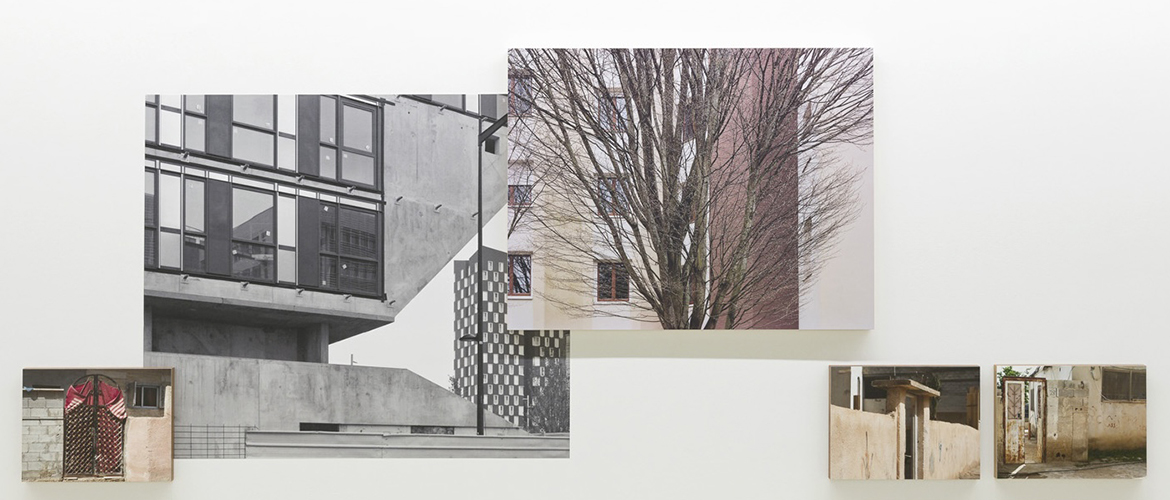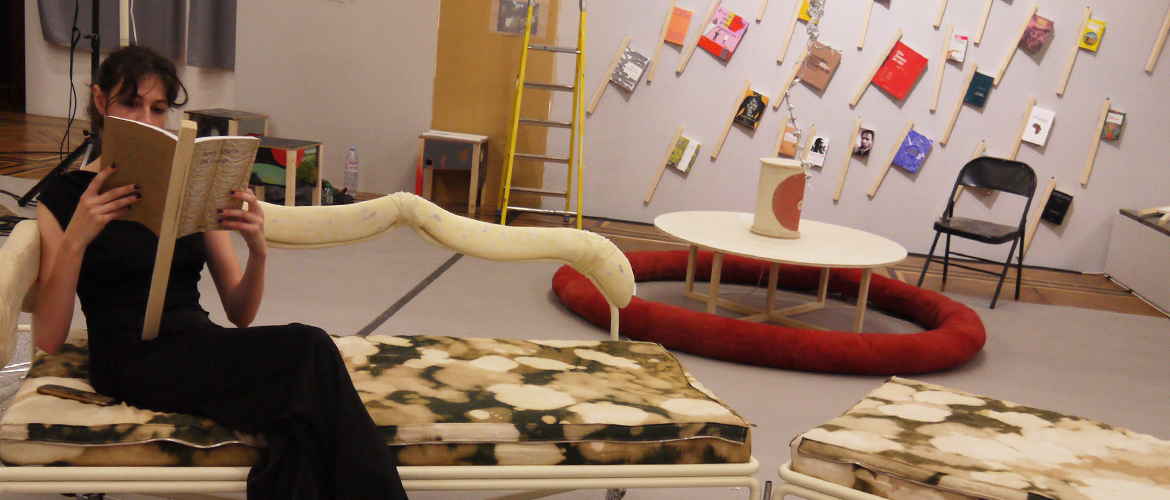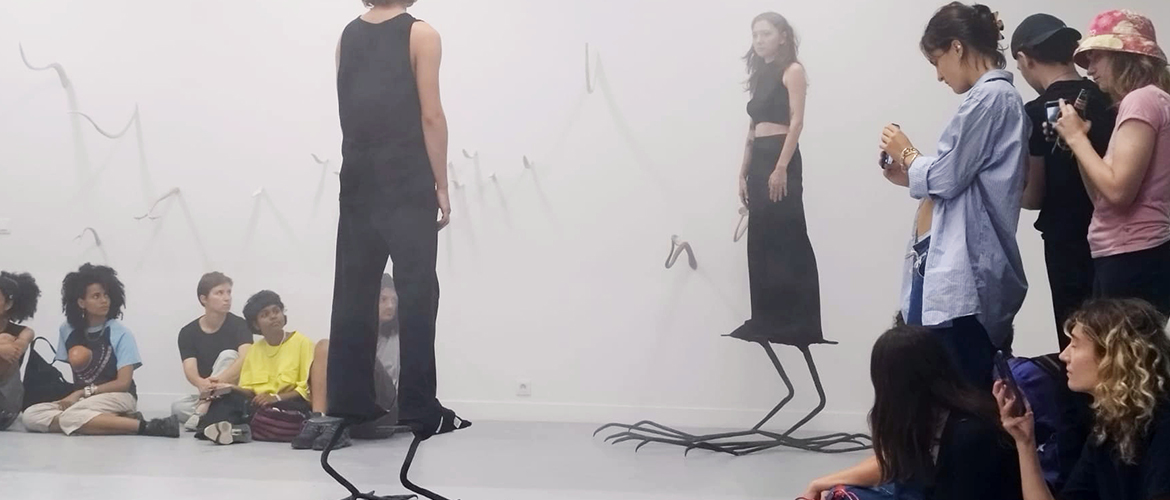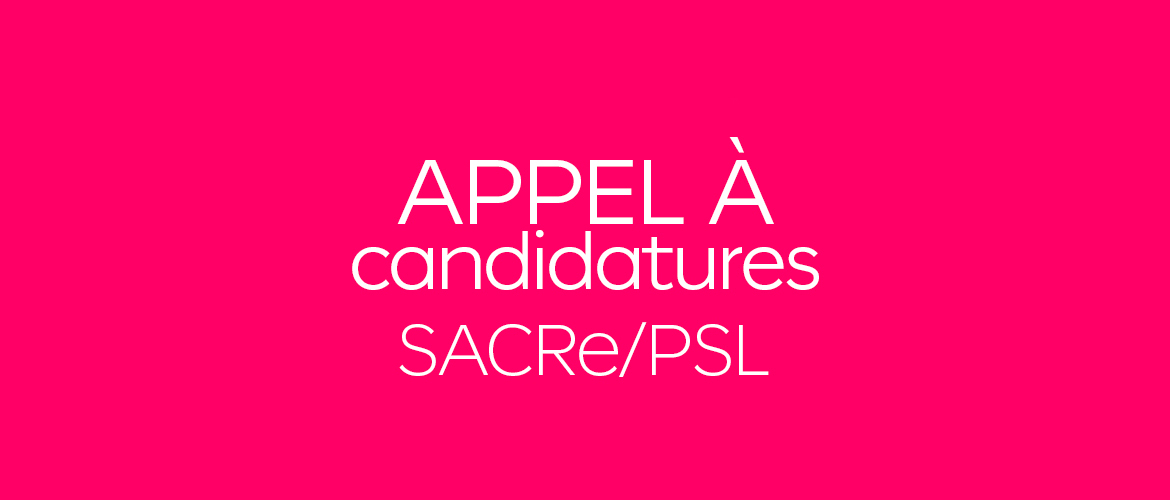Closed since March 2020, in application of sanitary measures, the Point Éphémère, wished to make the most of this closure by documenting its premises, especially its concert hall. Thus, archaeologists from the Inrap and students from the Beaux-Arts de Paris joined him to conduct an archaeological study coupled with an artistic project. The result of this work is a 3D model, enriched with photographs, sounds, archives and texts, documenting the equipment and functioning of this hall as well as its use by the public and the various actors of the place. This archaeological site is opening its doors on Saturday 19 June, on the occasion of the European Archaeology Days (EDD). Located at 200 quai de Valmy, in Paris, in the 10th arrondissement, Point Éphémère has been an artistic centre since 2004 and is best known for its stage dedicated to contemporary music. This "standing" room, totally hermetic because of its soundproofing, was closed in 2020. Wishing in this context to launch a reflection on the use and functioning of concert halls, Point Éphémère turned to the Inrap and the Beaux-Arts de Paris, with a view to carrying out an art and "archaeology of the present" project.
A 3D modeling of a concert hall
Thus, this concert hall has temporarily become a "Pompeii of live performance". If the concept "concert hall" does not raise any difficulty a priori, the archaeological study of its architecture, but also of its material culture (its equipment) as well as of its most fleeting traces of use, makes it possible to identify a singular model and to document its organization (vision, hearing, station, strolling...), as well as, beyond the stage, all the elements whose arrangement produces the show. The archaeology project at Point Éphémère took the form of a 3D model allowing spectators to move freely around the heart of the theatre and its annexes (dressing rooms, bar corridors, vestibule, etc.) and to stop at its points of interest. Mehdi Belarbi, a topographer from the Inrap, specialised in photogrammetry, has created this digital environment in collaboration with Gilles Bellan, an archaeologist specialised in contemporary periods. This device is completed by an inventory of the site made by students Hugo Bonnet (3rd year) and Lalie Thebault Maviel (5th year) from the Julien Sirjacq studio of the Beaux-Arts de Paris: photographs focused on micro-details and traces of use (graffiti, wear and tear, scrapings, additions, etc.), a soundtrack and archive documents. Texts produced by a "practitioner of the place" and the archaeologist, accompany this dialogue between arts and archaeology.
The prototype of "Archaeology at Point Ephemera" is accessible here.
The Point Éphémère at the European Archaeology Days
On the occasion of the European Archaeology Days, on Saturday 19 June, the Point Éphémère concert hall, which has become an archaeological site and a place of reflection on the archaeology of the present, is exceptionally opening its doors for reduced gauge visits. In compliance with the sanitary protocol, the Point éphémère team, archaeologists from Inrap and students from the Beaux-Arts de Paris will welcome the public and lead tours of this concert hall.
.
Art and archaeology: a fruitful dialogue
In November 2019, Dominique Garcia, president of Inrap, and Jean de Loisy, director of the École nationale supérieure des Beaux-Arts de Paris, signed a framework agreement promoting knowledge of preventive archaeology through contemporary creation. A student mobility partnership with Inrap and the Beaux-Arts de Paris, initiated in 2021, will enable students to visit a preventive archaeology site overseas as active observers within a research team, in order to nourish their reflection and practice in a non-artistic context. The archaeology project at Point Éphémère is a new illustration of these exchanges, in the troubled context of the health crisis.
The Inrap
The National Institute for Preventive Archaeological Research is a public establishment under the supervision of the Ministries of Culture and Research. It ensures the detection and study of archaeological heritage upstream of land development work and carries out some 1,800 archaeological diagnoses and more than 200 excavations each year on behalf of private and public developers, in metropolitan France and overseas. Its missions extend to the analysis and scientific interpretation of excavation data and the dissemination of archaeological knowledge. Its 2,200 agents, spread over 8 regional and interregional directorates, 42 research centres and a headquarters in Paris, make it the largest archaeological research operator in Europe.
.
Point Ephemera
Point Éphémère is a center of artistic dynamics opened in 2004 by the association Usines Éphémères, which invests abandoned places to carry out an artistic and cultural proposal. The objectives of Point Éphémère, in collaboration with the City of Paris, are to support young artists by offering them working spaces and to disseminate the emerging scene in order to encourage its encounter with the public. Open to all in their differences and singularities, Point Éphémère is an alternative, independent and festive spirit that makes it an important cultural actor of the capital.
.
Paris Fine Arts
Les Beaux-Arts de Paris is at once a place of artistic training and experimentation, of exhibitions and conservation of historical and contemporary collections, and a publishing house. Heir to the Royal Academies of Painting and Sculpture and under the supervision of the Ministry of Culture, the School's primary vocation is to train artists of the highest level. It occupies an essential place on the contemporary art scene. In accordance with the pedagogical principles that have always prevailed at the Beaux-Arts, training is given in the studio, under the guidance of renowned artists. This studio practice is complemented by a range of theoretical and technical courses designed to allow students a diversity of approaches. The Beaux-Arts de Paris, anchored in the economic and social reality, is also committed to creating bridges between student life and professional life, in particular by introducing their students to the art world and by promoting meetings with its actors.

Modélisation 3D de la salle de concert du Point Ephémère

Modélisation 3D de la salle de concert du Point Ephémère

Modélisation 3D de la salle de concert du Point Ephémère

Modélisation 3D de la salle de concert du Point Ephémère

Modélisation 3D de la salle de concert du Point Ephémère


